Do you know about Ōnyūdō? In Japanese yokai legends, many mysterious and terrifying beings appear, but one that stands out is the “Ōnyūdō.” Appearing as a giant monk or giant, Ōnyūdō surprises people or causes illness. It is a mysterious yokai with different appearances and legends depending on the region. Sometimes considered to be a fox or tanuki transformed, it holds a mystical charm. In this article, we will delve into the diverse legends of Ōnyūdō, its appearances at festivals, and the interesting origins related to clouds.
Meaning and Characteristics of Ōnyūdō
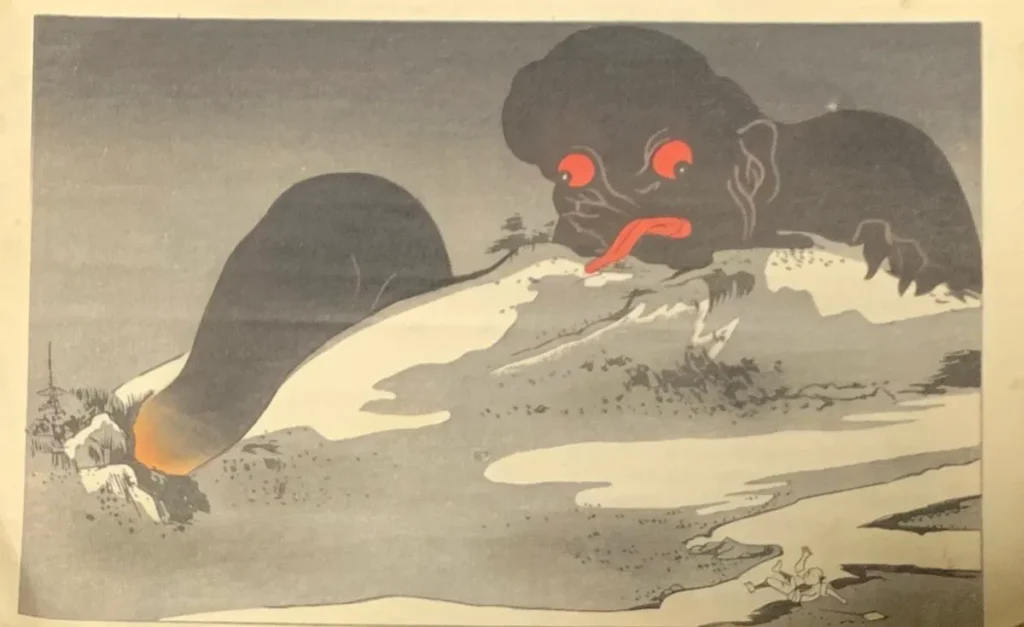
Ōnyūdō is a giant entity that appears in Japanese yokai legends, and its name means “giant monk.” However, its appearance and characteristics vary greatly depending on the region. For example, it might appear with an unclear, shadowy form, or be depicted as a simple giant rather than a monk. Those in the form of monks are also known as “Ōbōzu” (great monk).
The appearance of Ōnyūdō is diverse, ranging from about 2 meters, slightly larger than a human, to enormous sizes as big as mountains. Generally, it is known as a terrifying being that often frightens people.
Symbol of Fear: There are many legends that Ōnyūdō scares people and makes those who see it fall ill.
Mysterious Identity: There are various theories about its true nature, including that it is a fox or tanuki in disguise, or even a transformed stone pagoda, but its true identity is often unclear.
Like many yokai, Ōnyūdō also symbolizes specific lessons or warnings. Its terrifying appearance is sometimes seen as a warning against arrogance and the abuse of power. Additionally, its sudden appearance and disappearance can be interpreted as a symbol of life’s impermanence.
Legends of Ōnyūdō
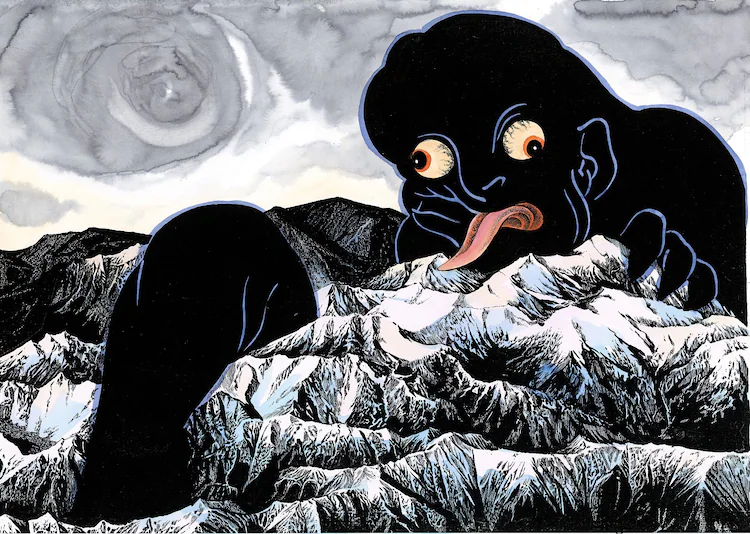
Ōnyūdō has various legends associated with it. Here, we introduce some of these legends categorized by type.
Ōnyūdō that Causes Harm
Case in Hokkaido: During the Kaei era, an Ōnyūdō appeared near the Ainu settlement by Lake Shikotsu, close to Mount Fuppushi. It is said that those who were glared at by its enormous eyes became mentally disturbed and collapsed.
Case in Tokyo: In 1937, during World War II, a person delivering a draft notice was attacked by an Ōnyūdō in the form of a soldier at the Hachiman Shrine crossing near Akabane Station. Four days later, this person was found dead under mysterious circumstances at the same location. This Ōnyūdō is considered to be the spirit of a soldier who committed suicide or was beaten to death by his superior officer.
Ōnyūdō that Offers Help
Case in Tokushima Prefecture: In Takakawara Village, Myozai District, Awa Province (now Ishii Town, Myozai District, Tokushima Prefecture), there is a legend that if rice is left at a watermill by the river, an Ōnyūdō about 8.5 meters tall would appear and pound the rice. However, if anyone tried to watch it, they would be frightened away.
Ōnyūdō Transformed from Animals
Case in Iwate Prefecture: At Kodenji Temple in Shiwa District, Iwate Prefecture, mysterious flames appeared in the main hall every night, and from these flames, an Ōnyūdō emerged. One winter day, a villager found a weasel by following its footprints, and from that night onward, both the mysterious flames and the Ōnyūdō ceased to appear.
Case in Miyagi Prefecture: In Aramaki Ise-doyama, Sendai, there was a story of a large rock emitting growling noises every night and transforming into an Ōnyūdō. When Date Masamune personally went to exterminate the Ōnyūdō and shot it with a bow, an otter appeared, and thereafter, the Ōnyūdō was never seen again.
Other Ōnyūdō Legends
Case in Toyama Prefecture: In the Kurobe Gorge of Shimoniikawa District, Etchu Province, sixteen Ōnyūdō appeared, frightening the guests at the Kanetsuri Hot Spring. Later, it was suggested that the lights were similar to the Brocken Spectre, possibly shadows cast by the steam from the hot spring.
Case in Aichi Prefecture: In the mid-Edo period near Toyohashi in Mikawa Province, a used clothes merchant encountered an Ōnyūdō on his way to Nagoya. This Ōnyūdō was relatively small, standing about 4 meters tall.
Case in Shiga Prefecture: During a night of heavy rain at the foot of Mount Ibuki in the Edo period, an Ōnyūdō appeared. The village elders calmed the villagers, and the Ōnyūdō disappeared to the mountaintop. The grass along its path was said to be scorched.
Case in Hyogo Prefecture: According to “Saiban Kaidan Jikki,” during the Enpo era, an Ōnyūdō appeared in Harima Province at night, large enough to straddle a mountain. In Sayo District, there were also stories of an Ōnyūdō about 3 meters tall pulling nets in the river or blocking the road.
Case in Kumamoto Prefecture: At “Imanimozaka” in Toyono Village, Shimo-Mashiki District (now Uki City), Kumamoto Prefecture, an Ōnyūdō appeared and frightened passersby. The name of the slope is derived from the Ōnyūdō.
Ōnyūdō of Yokkaichi
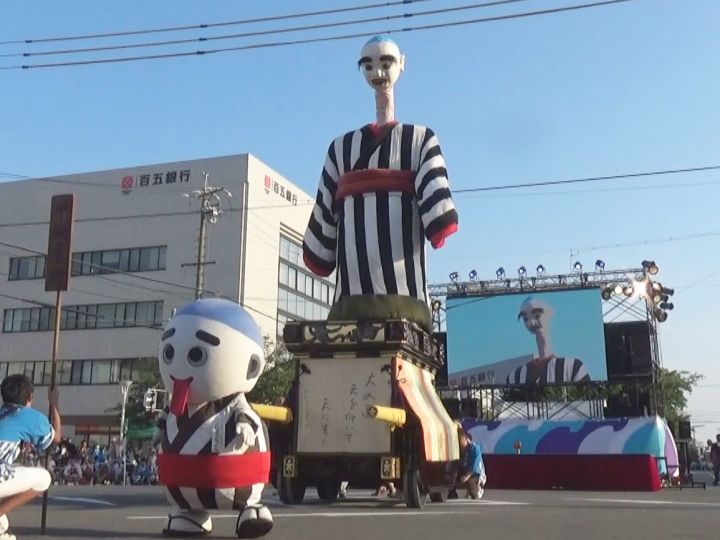
The “Ōnyūdō Float” is particularly famous at the Suwa Shrine Festival, the Yokkaichi Festival, held every October in Yokkaichi City, Mie Prefecture. This float has been designated as a tangible folk cultural property of Mie Prefecture. The Ōnyūdō float was created by Okenocho (now Nakanoyamachi), one of the parishioner towns of Suwa Shrine, during the Bunka era. It is believed to have evolved from a costume parade dedicated to the shrine, where “Ōka” (big transformation) characters were used for the town’s name “Oke.”
Folktales and Legends
There are the following folktales associated with this festival. An old tanuki (raccoon dog) living in the soy sauce storehouse of Okenocho caused trouble by ruining crops and transforming into an Ōnyūdō to scare people. The troubled residents made an Ōnyūdō doll to drive the tanuki away. However, the tanuki transformed into an even larger Ōnyūdō. The residents then created a mechanism to extend the neck of the Ōnyūdō doll during a showdown with the tanuki, showing an incredibly long neck. The tanuki, intimidated, surrendered and fled.
Another story tells of an apprentice who came to work at the fabric shop of Kuroku. This apprentice turned out to be a rokurokubi (a yokai with a neck that can stretch). After being discovered, the apprentice disappeared. In memory of him, an Ōnyūdō doll was made.
Features of the Ōnyūdō Float
The Ōnyūdō riding on the 2.2-meter-high float stands 3.9 meters tall, with a neck that extends and bends forward by 2.2 meters. It is a giant mechanical doll that can also stick out its tongue and change its eyes. This Ōnyūdō paper doll is also a popular local souvenir and has become a symbol of Yokkaichi City.
A Symbol of Yokkaichi City
The Ōnyūdō float is also paraded at the “Great Yokkaichi Festival,” a civic festival held every August, and is cherished as a symbol character of Yokkaichi City. Additionally, Yokkaichi City’s mascot character, “Konyudokun,” is set as the son of this Ōnyūdō.
Is the Origin of the Term “Cumulonimbus Cloud” from Ōnyūdō?

In summer, you may often see large, towering clouds. These clouds are called “cumulonimbus clouds,” and their name is said to come from the yokai Ōnyūdō. The name was given because the shape of cumulonimbus clouds resembles the appearance of Ōnyūdō.
Cumulonimbus clouds are actually the clouds that can cause sudden heavy rain, also known as guerrilla downpours. These clouds develop vertically due to strong updrafts and can bring intense rain and lightning over a small area for a short period of about 30 minutes to an hour.
Initially, cumulonimbus clouds appear white, but as they accumulate more water droplets, they block the sunlight and appear darker. When these clouds appear in the sky, they can bring heavy rain suddenly. This sudden appearance and the harm they can cause are similar to the legends of Ōnyūdō, who would appear unexpectedly to frighten or harm people. Because of this resemblance, people in the past associated these large clouds with Ōnyūdō.
When cumulonimbus clouds appear and start to darken, you need to be wary of sudden rain, no matter how good the weather might be. In this way, the name “cumulonimbus cloud” is derived from the yokai Ōnyūdō.
Summary
How was it? This time, we have introduced Ōnyūdō. Ōnyūdō is a Japanese yokai depicted as a giant monk or giant. Its appearance and legends vary by region, but it has been feared as a being that surprises people or causes illness. Ōnyūdō is considered to be either a fox or a tanuki transformed or something of unknown origin. It also appears in festivals and folklore, with the Ōnyūdō float at the Yokkaichi Festival being particularly famous. Additionally, it is the origin of the name for cumulonimbus clouds, as its appearance is likened to clouds in the sky.
Our website features many other interesting aspects of Japanese history and culture. If you are interested, please feel free to read our other articles!



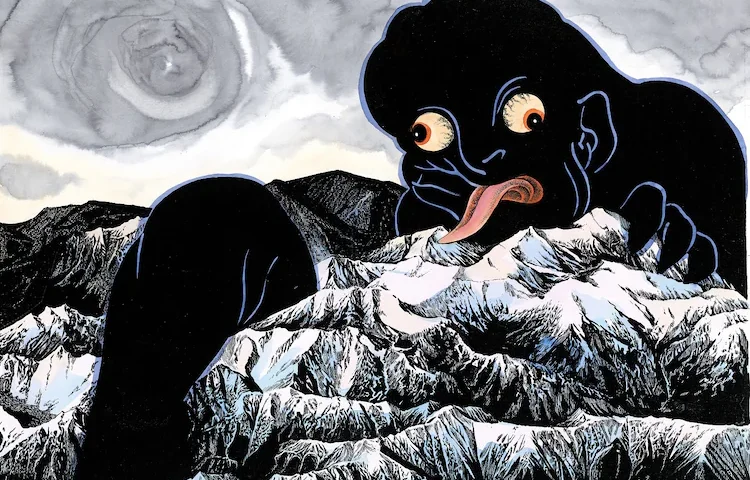
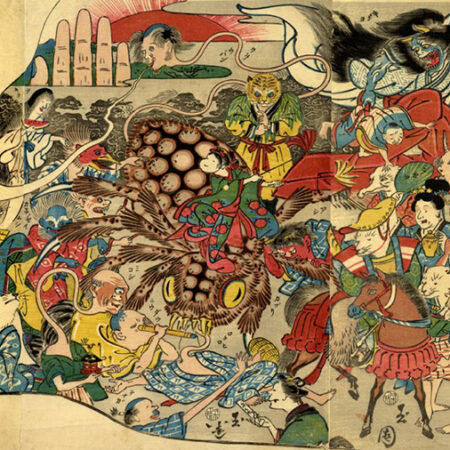

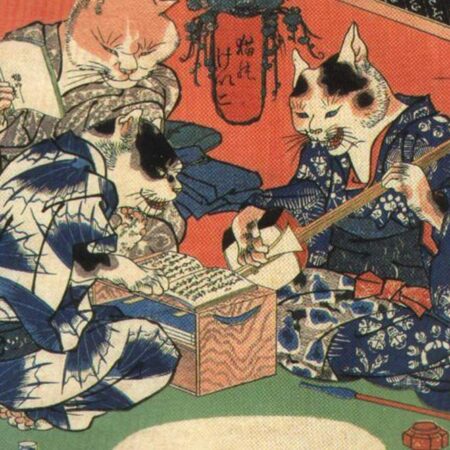

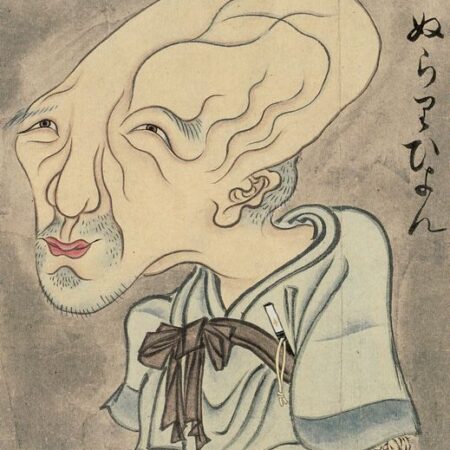
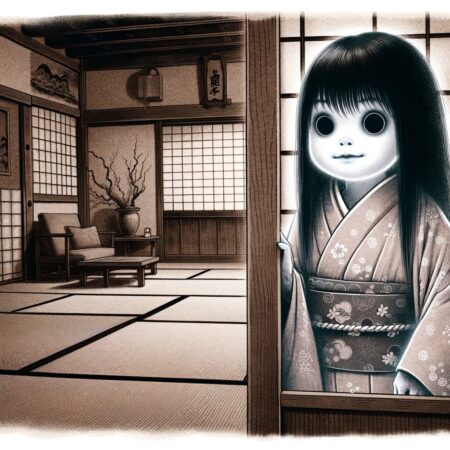




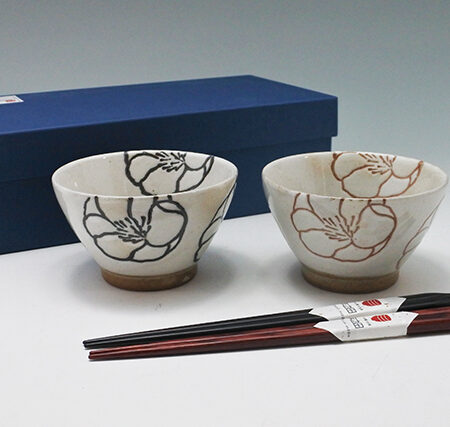
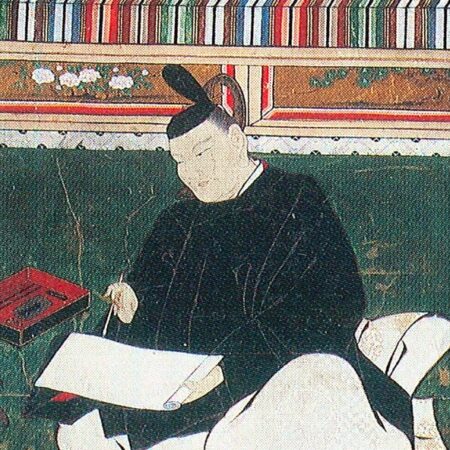
コメント